Cleaning the Seas: How Oysters Filter Water
Oysters may seem like humble shellfish, and a culinary delicacy to many, but whether you think they’re a salty snack or a slimy slug of the sea, it might surprise you how magnificent these tiny mollusks are. Playing a critical role in maintaining the health of marine ecosystems, discover how oysters filter water and why they're the unsung heroes of the seas.

What Are Oysters?
Oysters are mollusks, meaning they are soft-bodied invertebrates with a muscular foot that lives in the sea. Most oyster species dwell on the ocean floor or attach themselves to rocks or other oysters, creating oyster reefs.
How Oysters Filter Water
Oysters naturally filter the water they live in because that is how they find food. They pump water through their body using cilia, tiny hairlike structures that move in a wave-like motion. Once the water enters their body, small bits of organic matter like plankton, algae, and other detritus get trapped by mucus in the gills and then this food is sent to the oyster’s stomach for digestion.
This filtration doesn’t eliminate pollutants since oysters can’t eat anything they filter out of the water. However, this filtration process still helps clear the water of any oyster habitat. It condenses the pollutants into small packets of oyster poop and ‘pseudofeces’ which then sink to the ocean floor, instead of floating around as tiny particles in the water, therefore purifying the rest of the water. Oysters provide cleaner water for everyone, from fish to seagrass to snorkelers who just want a clear view, which is why they're seen as a keystone species.

The Power of Oyster Filtration
Each adult oyster can filter up to 50 gallons of water per day. This process not only provides food for the oyster but also significantly improves water quality by removing excess nutrients that can cause harmful algal blooms.
An oyster on its own is impressive, but a whole reef of oysters? That’s next-level cleaning power. Oyster reefs act like giant ocean vacuums, working together to remove excess nutrients that can cause nasty things like algal blooms. These reefs aren’t just filter factories, though - they’re also hangouts for tons of marine life, creating habitats for fish, crabs, and even baby oysters, plus they help protect coastlines from erosion and storm surges
Imagine a vast reef full of oysters working together - it’s like an underwater cleaning crew, tirelessly scrubbing the ocean clean. This collective action helps keep coastal waters clear and balanced, creating a healthier environment for marine plants and animals.

Challenges Faced By Oysters
Humans have a long history of harvesting and cultivating oysters for food. There is evidence that humans have been eating oysters far before recorded history. However, technology drastically changed the way that humans harvest oysters, starting in the 1800’s. When the Greeks and Romans did it, they kept their harvest rates more or less in harmony with nature and cultivated the oysters to maintain a healthy population. But once people started dredging the ocean floor and destroying oyster reefs to harvest these mollusks, their habitat and population were decimated.
Oysters became such a ubiquitous food and there were so many harvested that you could buy one for a penny, the equivalent of a quarter in today’s currency. This oyster boom was relatively short-lived because, in the early 20th century, the biggest markets, New York and New Jersey, were shut down due to overharvesting. The natural population couldn’t replenish fast enough to meet demand.
Nowadays, efforts are being made to bolster natural oyster populations.These projects aim to repopulate areas with new oysters and create conditions that allow them to flourish, ensuring they continue to serve as natural water purifiers.

How You Can Help Oyster Populations
Want to help the ocean’s hardest-working cleaners? Here are some fun ways to get involved:
- Join a restoration project: Many coastal communities have programs where you can help plant oysters or build reefs.
- Choose sustainable seafood: If you love eating oysters, make sure you’re supporting farms and fisheries that prioritize sustainability.
- Spread the word: Share the oyster love! Let your friends know how cool these critters are.
Wild oysters filter our coasts, keeping water clean and providing healthy habitats to the rest of the critters around. Oysters are a valuable resource and a great natural filter for our oceans. So, next time you see one, remember: these tiny shellfish are working hard to keep our oceans clean, one filtered gallon at a time.

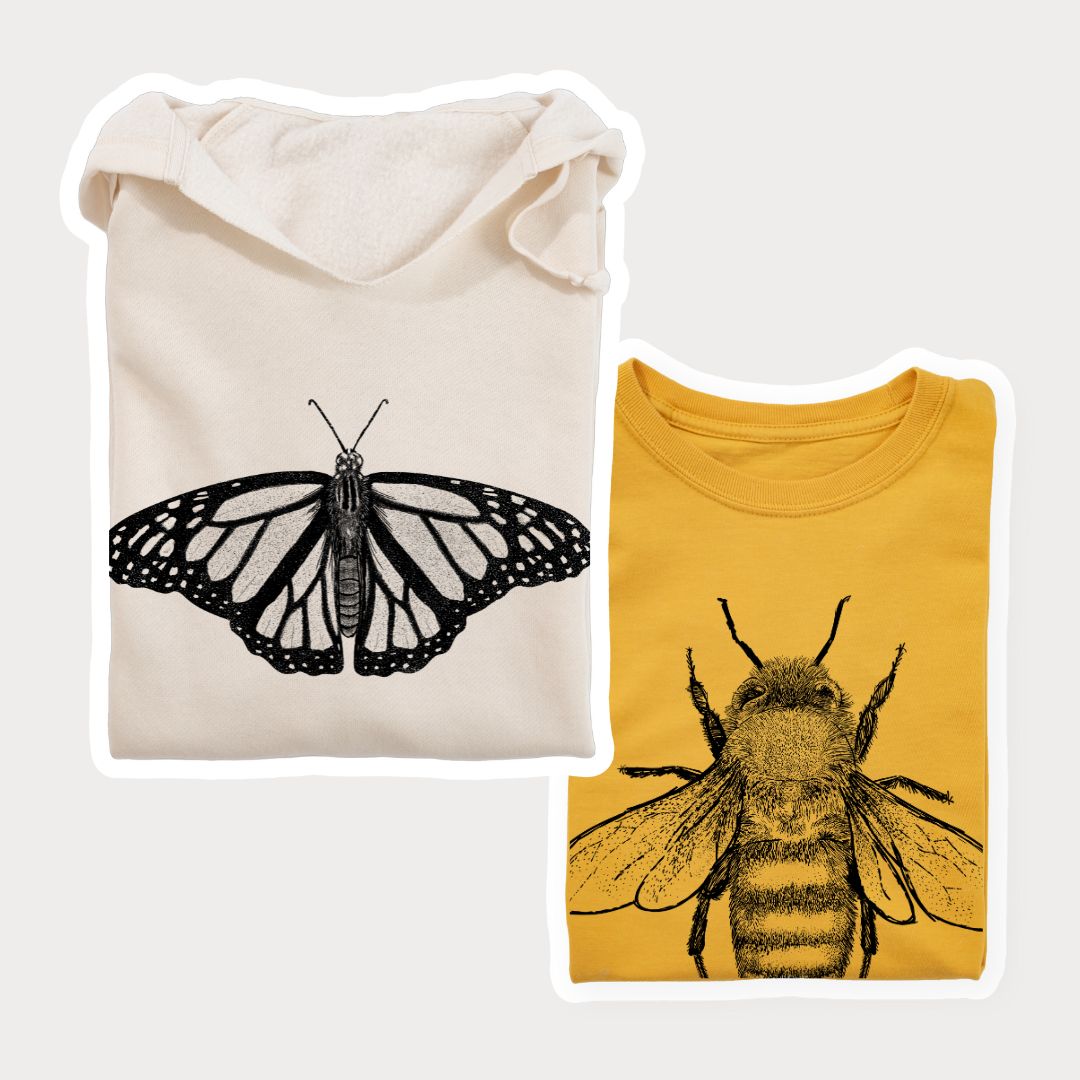

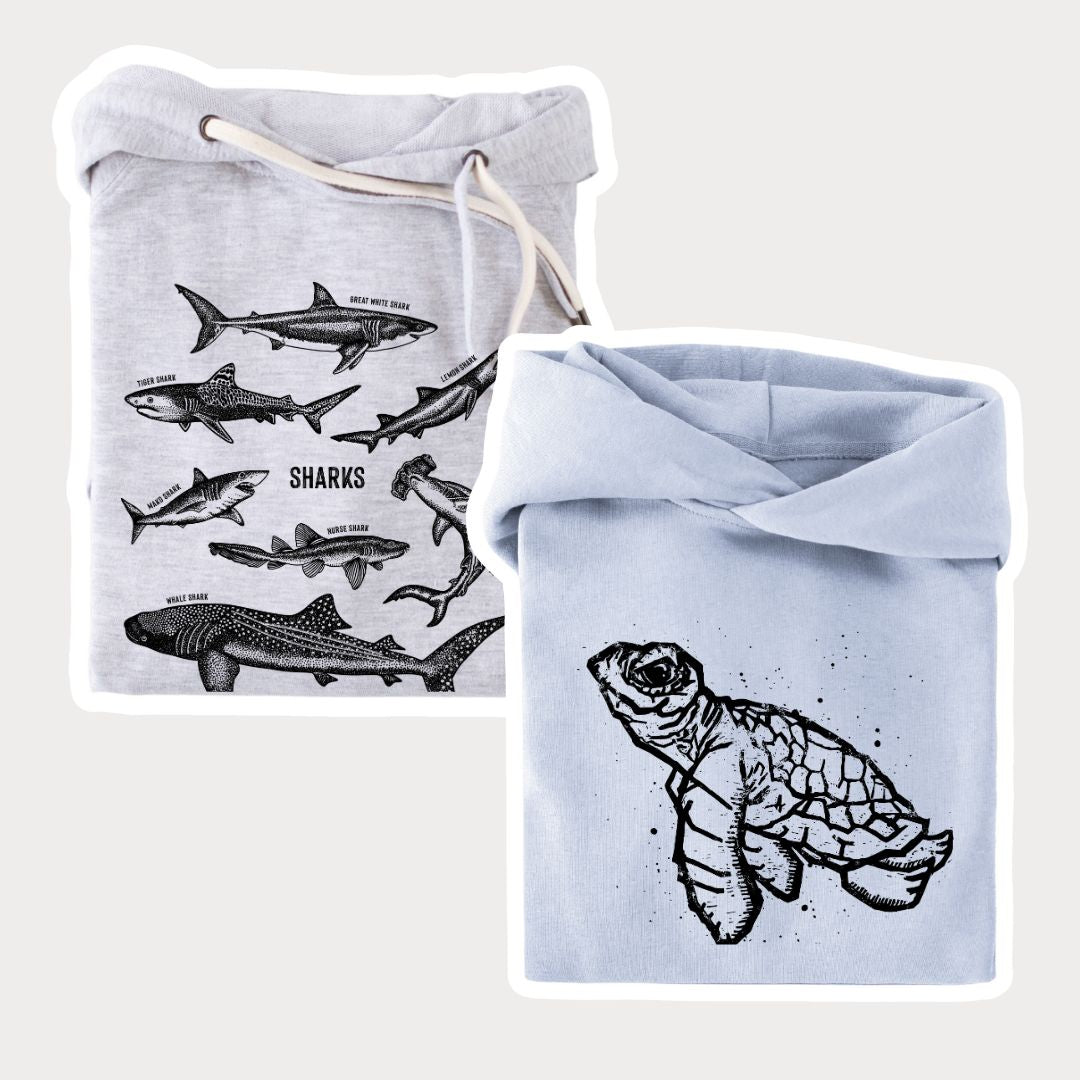

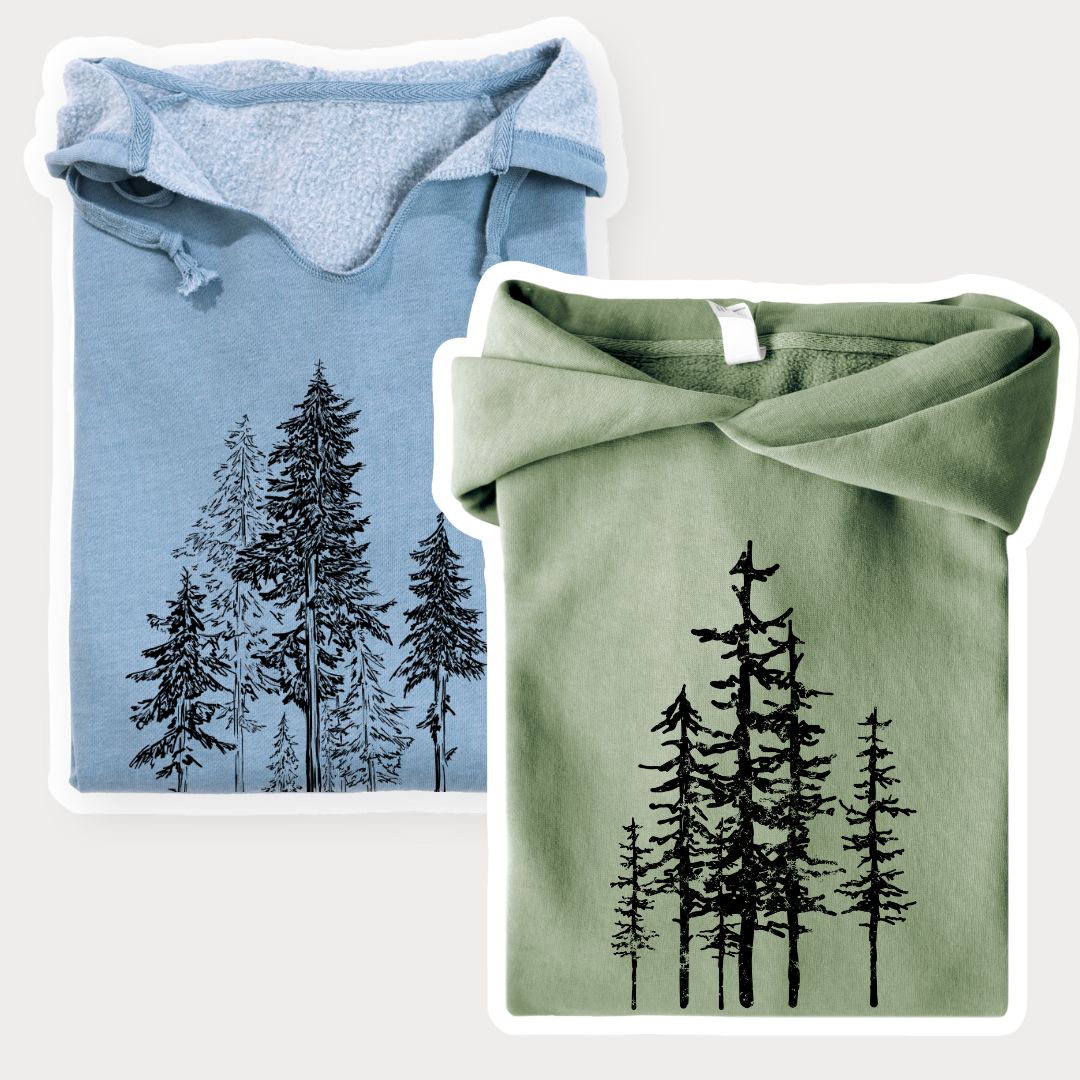



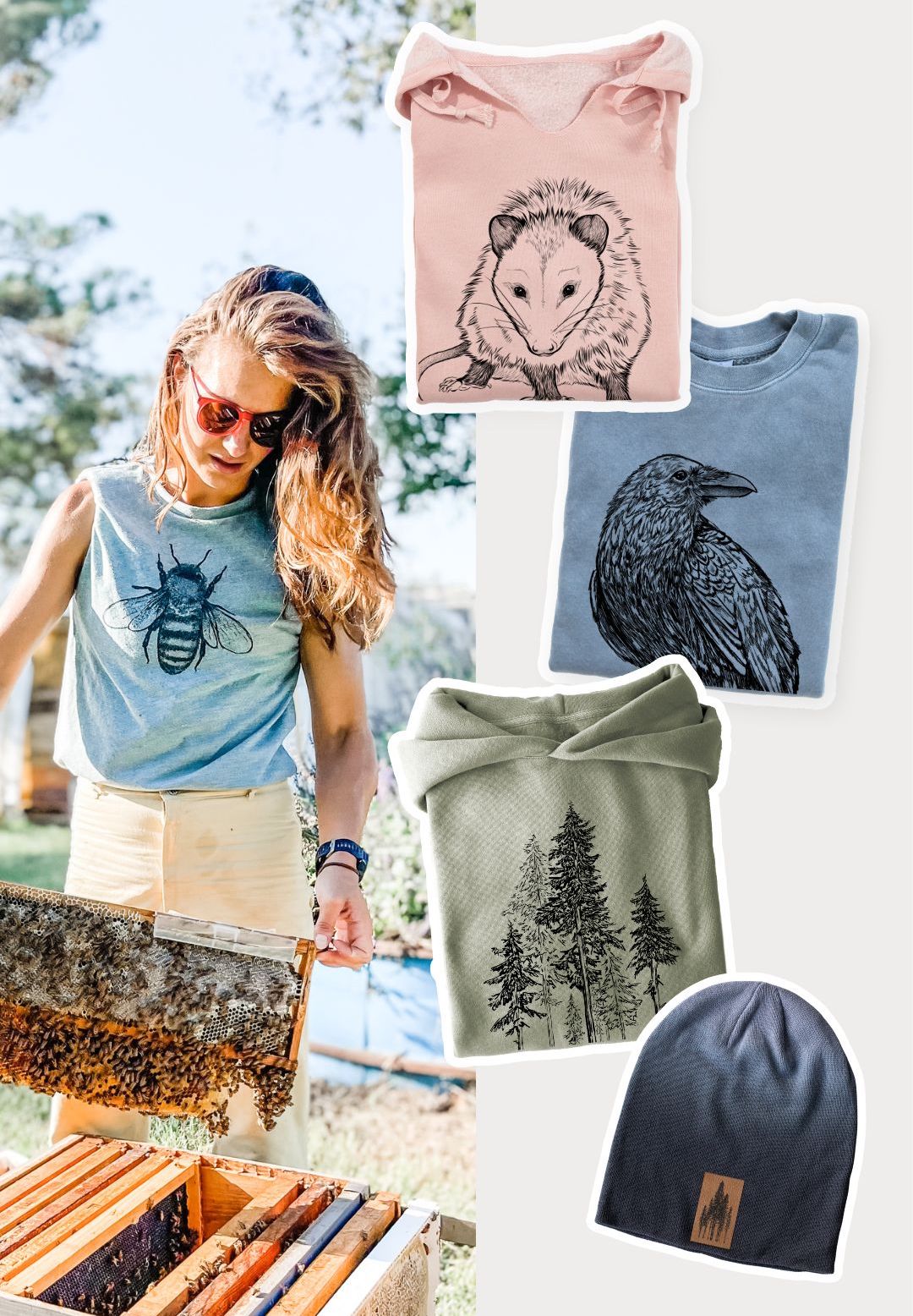

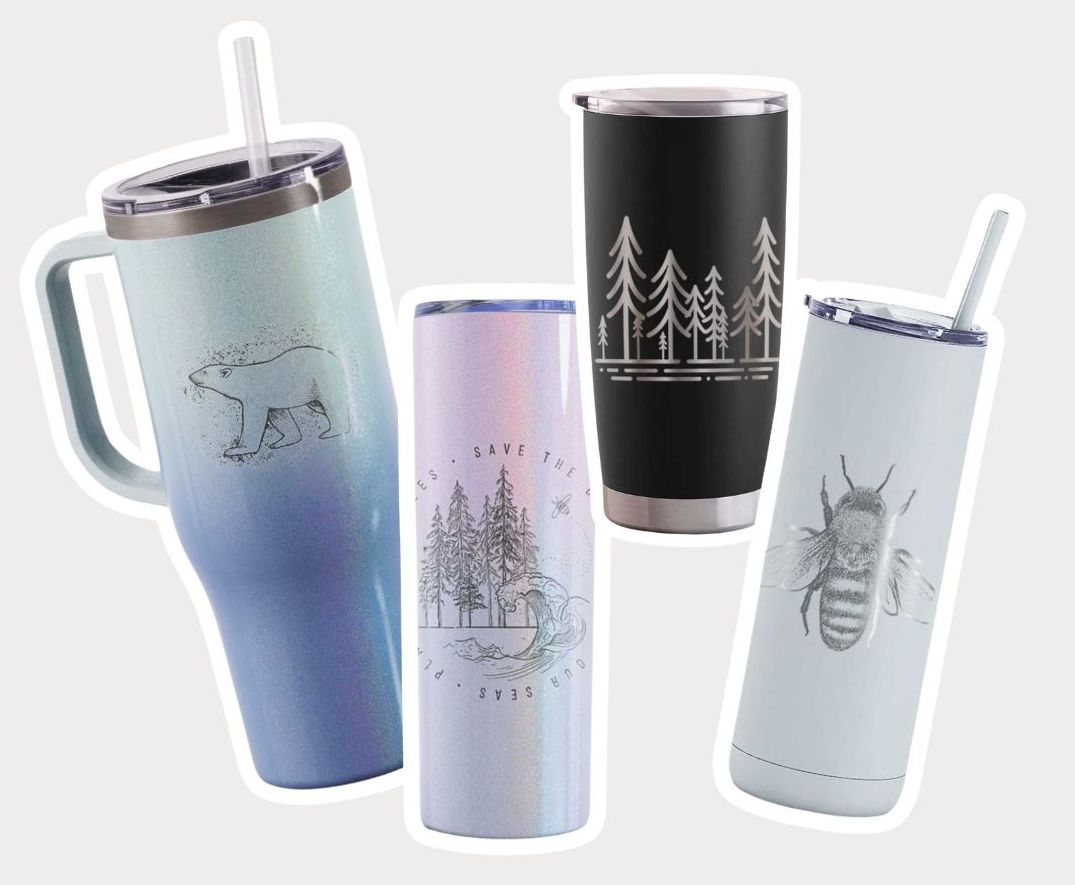


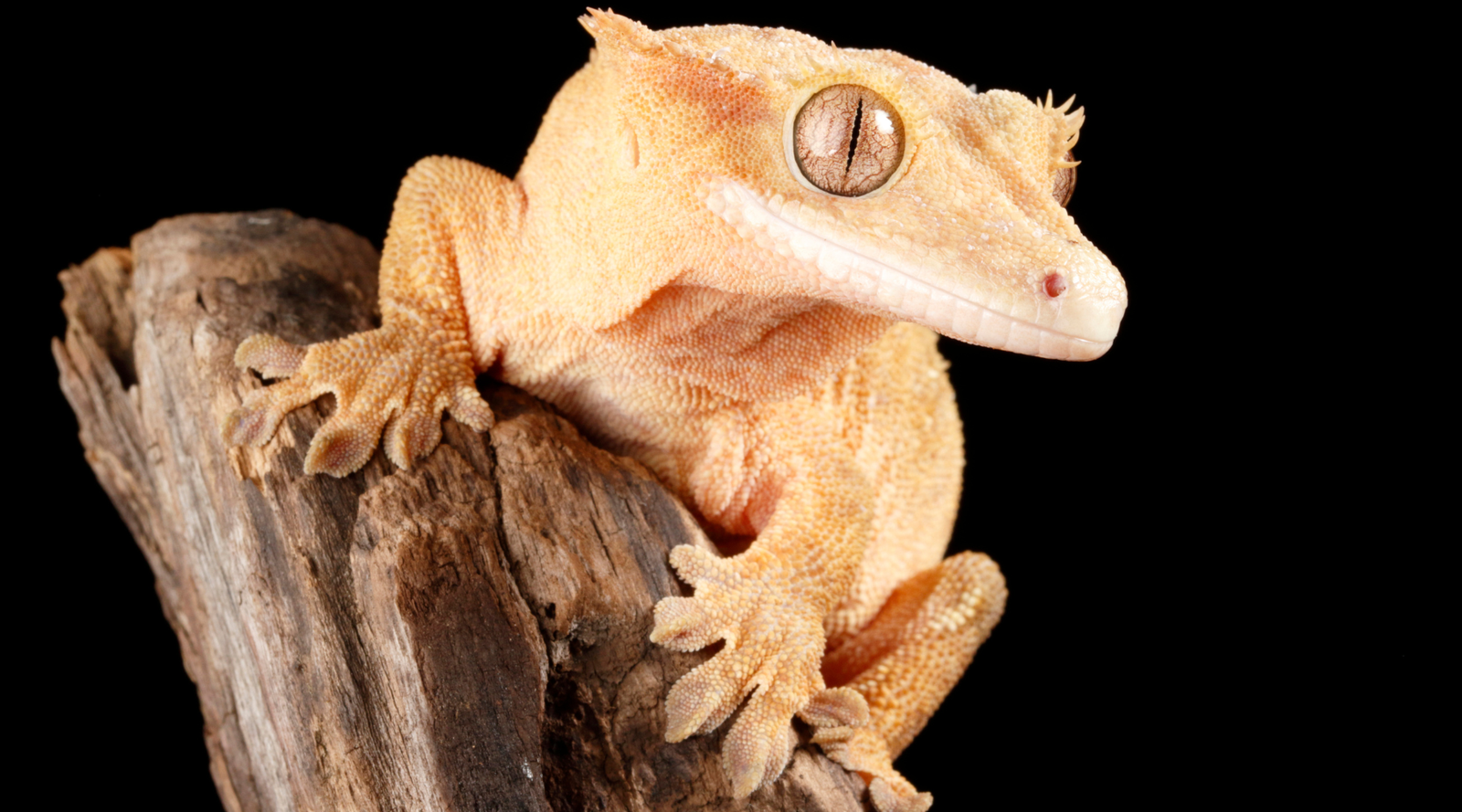
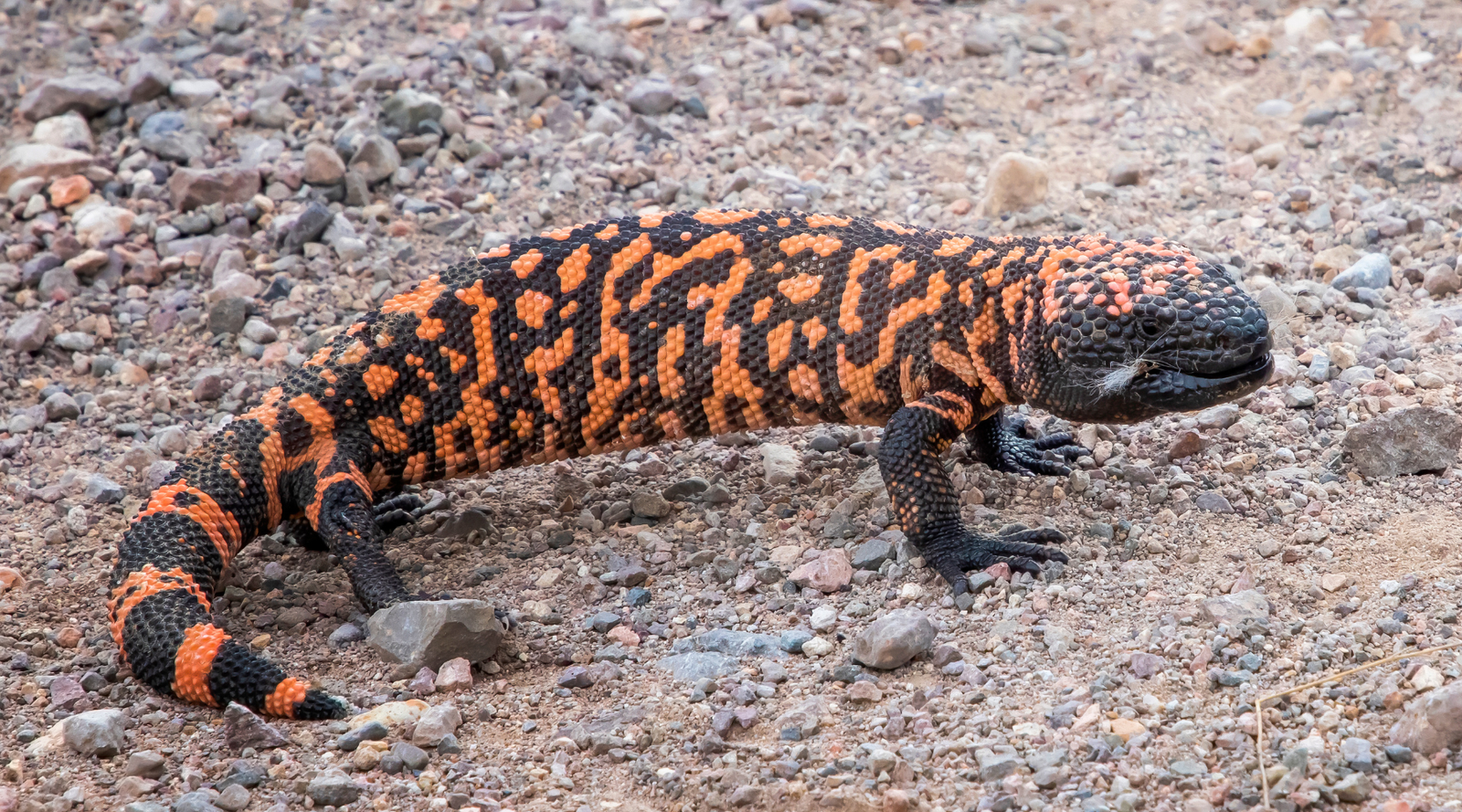
Leave a comment (all fields required)